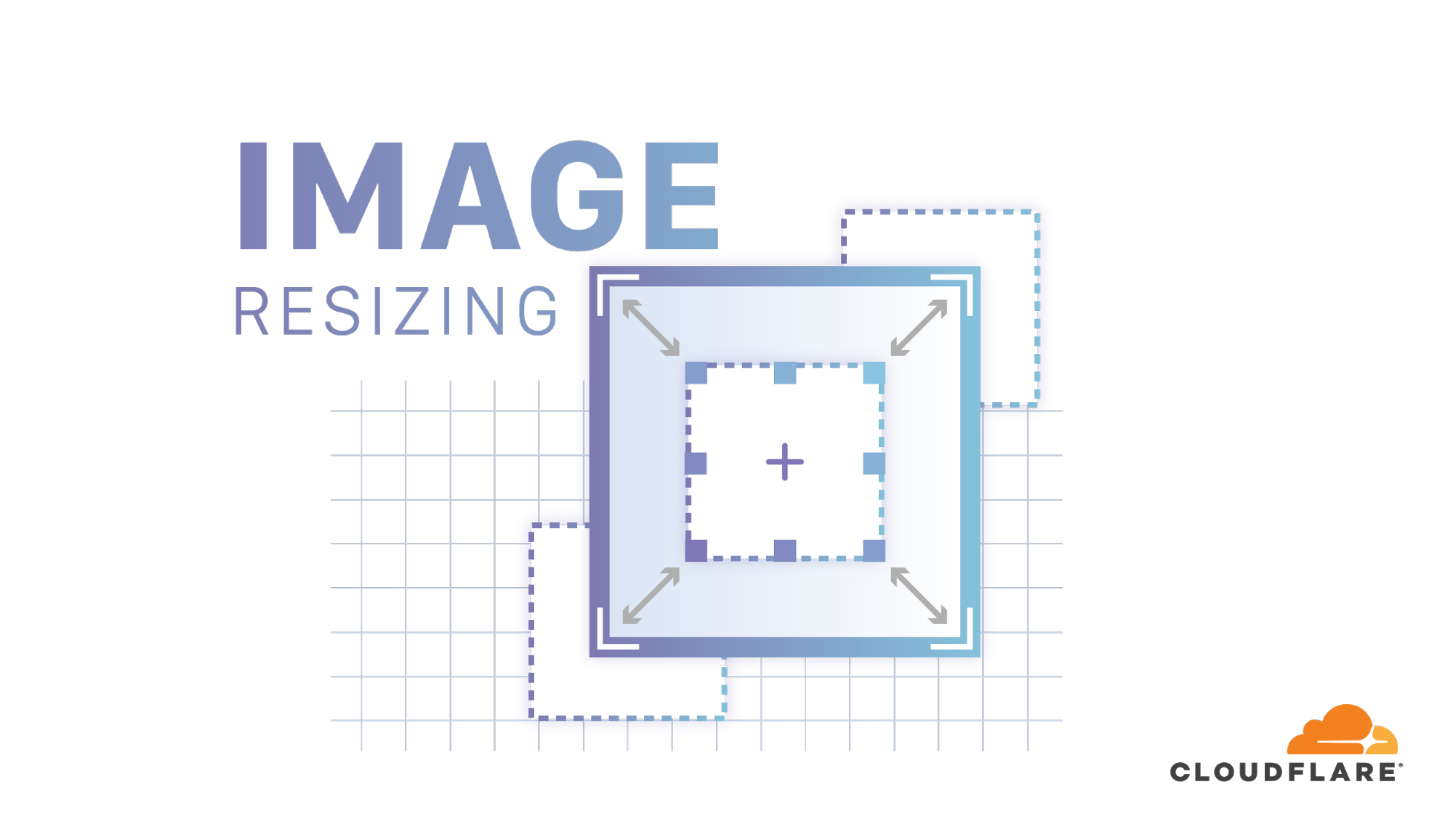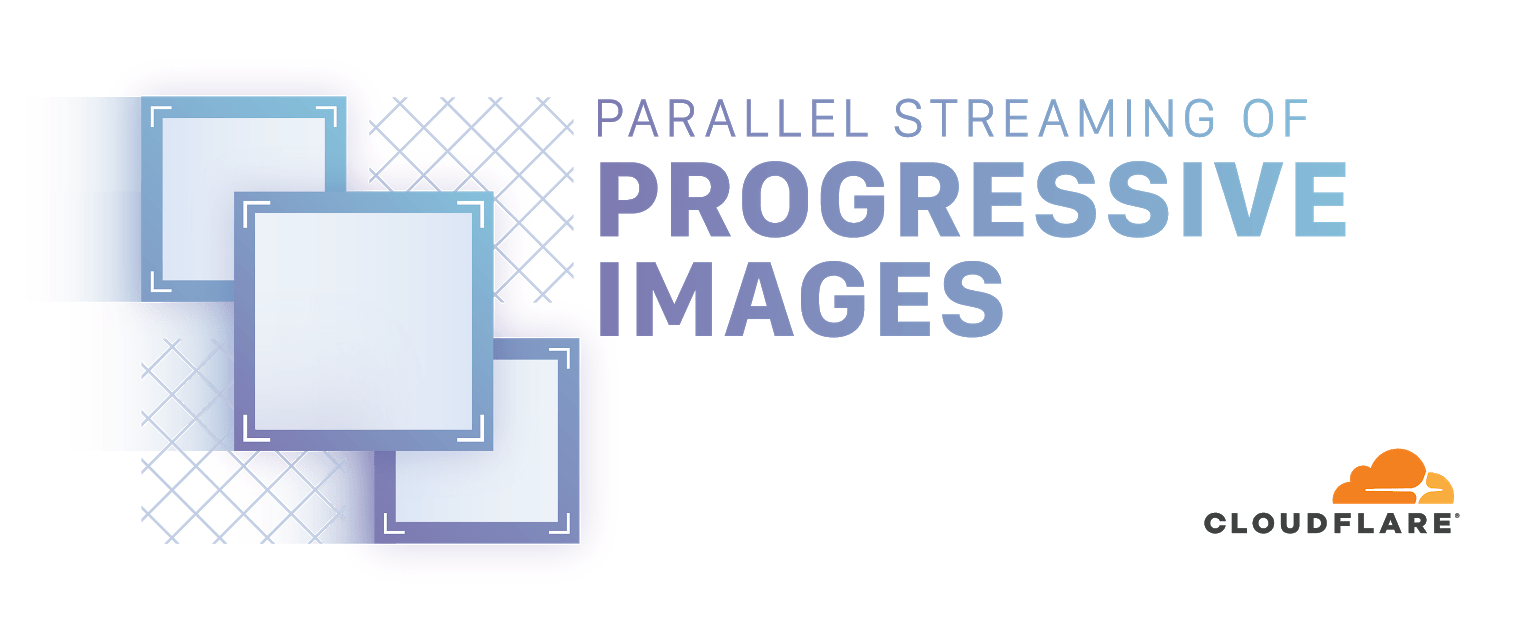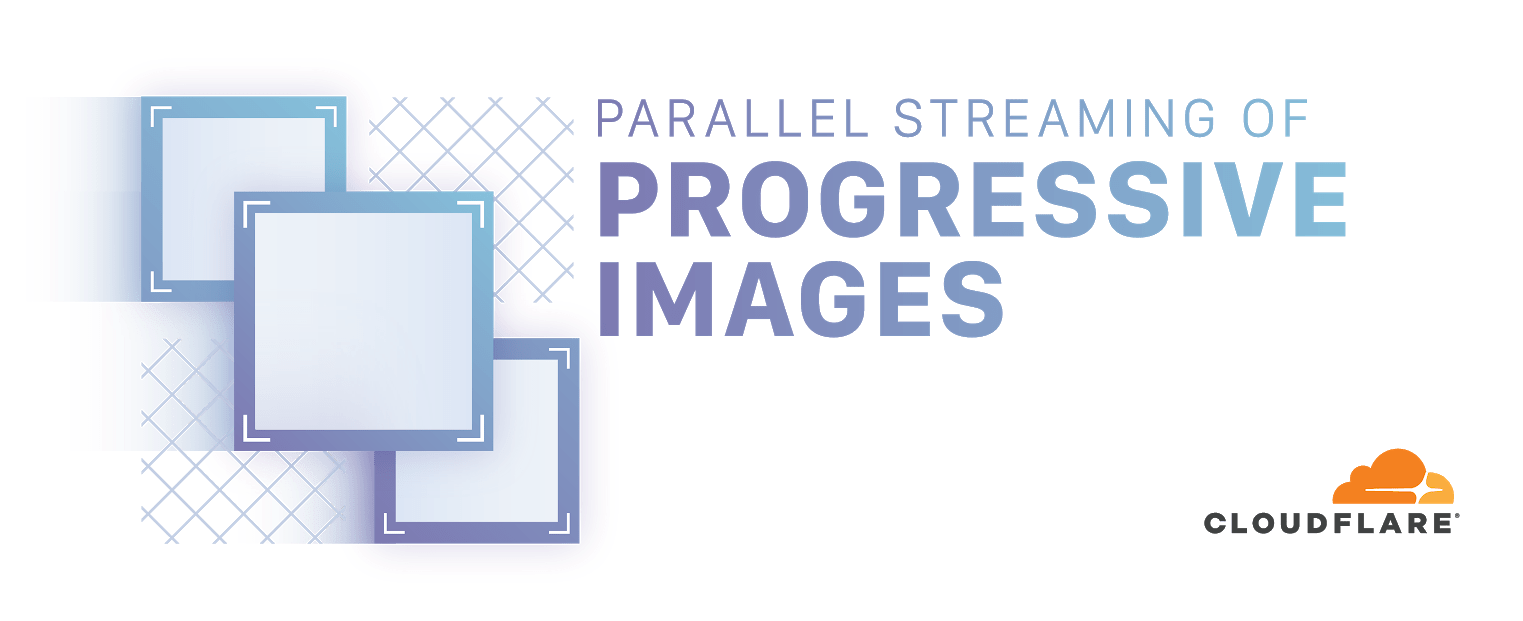Announcing Cloudflare Image Resizing: Simplifying Optimal Image Delivery


In the past three years, the amount of image data on the median mobile webpage has doubled. Growing images translate directly to users hitting data transfer caps, experiencing slower websites, and even leaving if a website doesn’t load in a reasonable amount of time. The crime is many of these images are so slow because they are larger than they need to be, sending data over the wire which has absolutely no (positive) impact on the user’s experience.
To provide a concrete example, let’s consider this photo of Cloudflare’s Lava Lamp Wall:


On the left you see the photo, scaled to 300 pixels wide. On the right you see the same image delivered in its original high resolution, scaled in a desktop web browser. They both look exactly the same, yet the image on the right takes more than twenty times more data to load. Even for the best and most conscientious developers resizing every image to handle every possible device geometry consumes valuable time, and it’s exceptionally easy to forget to do this resizing altogether.
Today we are launching a new product, Image Resizing, to fix this problem once and for all.
Announcing Image Resizing
With Image Resizing, Cloudflare Continue reading
 The company released a new cloud-based SaaS performance management service onto its Digital...
The company released a new cloud-based SaaS performance management service onto its Digital... The framework includes TM Forum’s Open Digital Architecture, open APIs, data and artificial...
The framework includes TM Forum’s Open Digital Architecture, open APIs, data and artificial...
 The attacker demanded a Bitcoin ransom for the return of content stored in git repositories at...
The attacker demanded a Bitcoin ransom for the return of content stored in git repositories at... Though SD-WAN is young, it’s approaching maturity “and people ought to be more discerning in...
Though SD-WAN is young, it’s approaching maturity “and people ought to be more discerning in... Red Balloon Security disclosed two vulnerabilities in “tens of millions” of Cisco enterprise...
Red Balloon Security disclosed two vulnerabilities in “tens of millions” of Cisco enterprise...
 Verizon’s narrowband IoT network runs on its LTE network and is suited for fixed applications...
Verizon’s narrowband IoT network runs on its LTE network and is suited for fixed applications...

 O.C. Tanner says its customers are becoming more sophisticated about security. This is a big part...
O.C. Tanner says its customers are becoming more sophisticated about security. This is a big part...